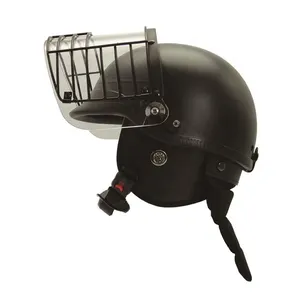


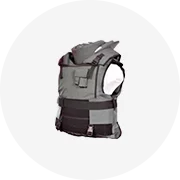
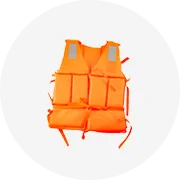
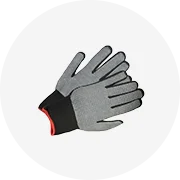
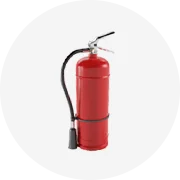
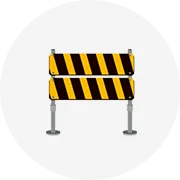
Fire helmets, a critical component of a firefighter's gear, have evolved significantly over the years. From traditional leather fire helmets to modern composite materials, the design and functionality serve the primary purpose of protecting firefighters in various emergency scenarios. This category encompasses a range of helmets, including the classic cairns helmet, the advanced fire helmet cam equipped models, and the european fire helmet styles, each with unique features tailored to the rigorous demands of firefighting.
The selection of fire helmets includes models like the phenix fire helmets and bullard fire helmets, known for their durability and comfort. Materials range from fiberglass and thermoplastics to the esteemed leather, chosen for its heat-resistant properties. The phenix tl2, for instance, is a testament to the blend of tradition and modern engineering, offering robust protection with a touch of heritage.
Modern firefighter helmets are a marvel of design, integrating features such as breathable vents for heat dissipation and multi-point buffering systems to reduce impact damage. The inclusion of a firefighter helmet cam has become increasingly common, providing critical insights during post-incident reviews. Designs like the cairns 880 and bullard helmets are at the forefront, incorporating these advancements while ensuring the wearer's safety and comfort.
Fire helmets are not just for structural firefighting; they are also used in wildland firefighting, technical rescue, and other emergency services. The helmet for firefighters must adapt to various environments, from the intense heat of a blaze to the confined spaces of urban search and rescue operations. The adaptability of helmets like the eu fire helmet makes them suitable for a broad range of applications, ensuring that firefighters are well-equipped for any challenge.
The integration of technology such as fire cams and communication devices into fire helmets has greatly enhanced situational awareness and communication capabilities on the ground. The structural integrity of helmets is paramount, and advancements in materials and design have led to lighter, more resilient helmets that offer superior protection without compromising on comfort or functionality.
Selecting the appropriate fire helmet is crucial for safety and efficiency. Factors such as the helmet's weight, balance, and the inclusion of accessories like a firefighter mask should be considered. While the platform provides a vast array of options, it is essential to evaluate the specific needs of the firefighting team to ensure the chosen helmet meets the required standards and offers the necessary protection and functionality.